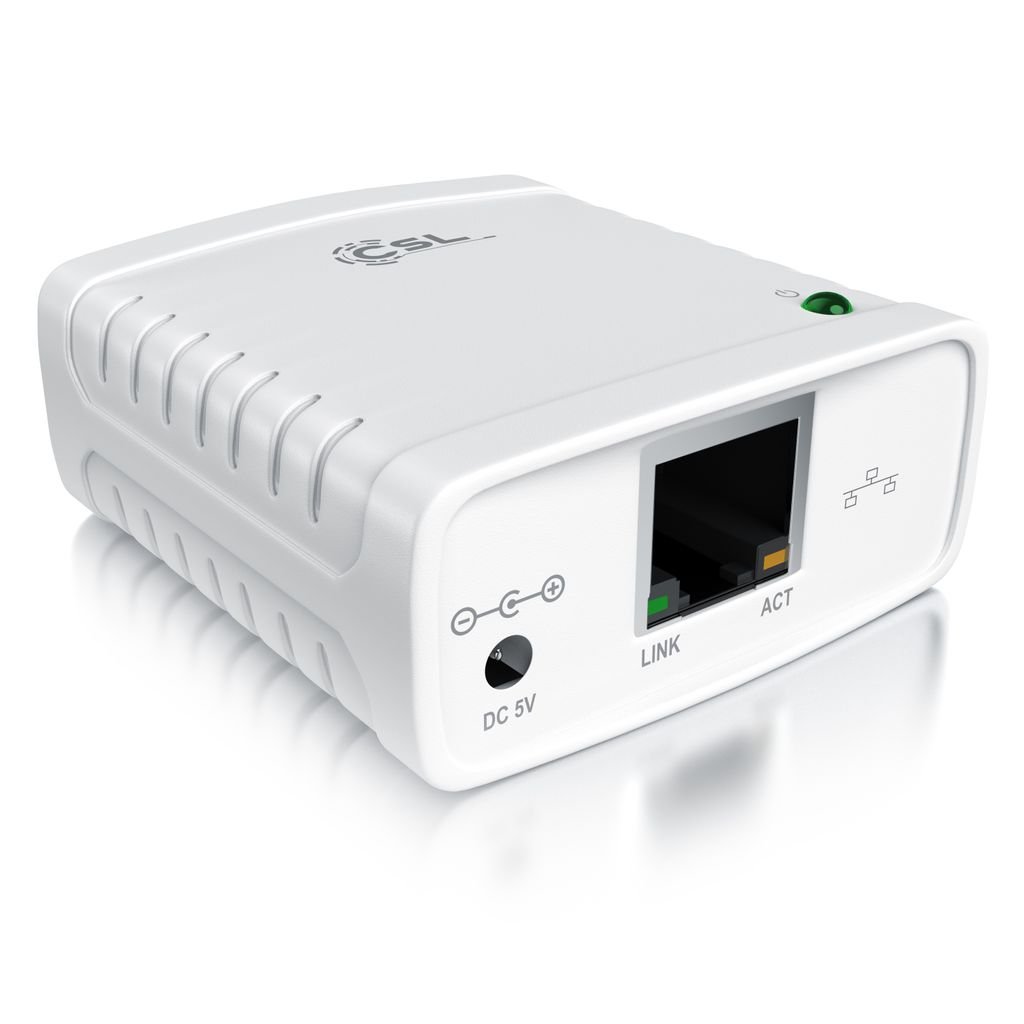In the ever-evolving world of IT hardware and data storage, new devices and technologies emerge regularly. However, amidst these innovations, tape drives have remained a steadfast, reliable solution for data storage needs. Tape drives may seem like an older technology compared to the sophisticated solid-state drives and cloud storage options available today, but they still hold a valuable place in computer hardware, particularly for businesses and organizations requiring secure, long-term data retention. This article delves into the fundamentals of tape drives, their evolution, their applications in technology and Business, and their enduring relevance in modern storage strategies.
What is a Tape Drive?
A tape drive is a data storage device that reads and writes data on magnetic tape, a medium that has been used since the early days of computing. Unlike hard drives and SSDs, which are random access devices, tape drives are sequential access devices, meaning they store data in a continuous sequence. To retrieve specific data, the tape drive must locate the exact tape position where the data is stored, which can take longer than retrieving data from other storage devices. However, tape drives offer high capacity and long-term stability, making them ideal for applications where massive amounts of data need to be stored securely over an extended period.
In the realm of IT hardware, tape drives are primarily used for data archiving, backup, and disaster recovery. Industries that generate substantial amounts of data, such as finance, healthcare, and media, often rely on tape drives as a core component of their data storage and retention strategies.
Evolution of Tape Drives in Computer Hardware
The history of tape drives goes back to the early 1950s when IBM introduced magnetic tape as a method for data storage. Over the decades, tape technology has evolved, shifting from reel-to-reel magnetic tape to the more compact and user-friendly tape cartridges used today. These advances have increased tape storage capacity and durability, keeping tape drives relevant in modern IT hardware despite the proliferation of other storage technologies.
During the 1970s and 1980s, tape drives were widely used for both mainframe and personal computing data storage. As digital data needs grew, tape drives adapted to provide higher storage capacities, becoming a preferred medium for long-term archival storage. Technologies such as Linear Tape-Open (LTO), Digital Linear Tape (DLT), and Advanced Intelligent Tape (AIT) have each contributed to the development of faster, more efficient, and higher-capacity tape drives that continue to play a significant role in computer hardware.
How Tape Drives Work
Tape drives work by magnetizing the surface of the tape to represent digital data, a method known as magnetic recording. The tape itself is housed in a cartridge, which protects the magnetic material and keeps it free from contaminants. When the tape cartridge is inserted into the tape drive, the drive reads and writes data by moving the magnetic tape across a read/write head. This head detects or applies magnetic signals to store or retrieve data.
Because of their sequential nature, tape drives must spool through the tape to access specific data, which can make retrieval times slower than random access devices like hard drives or SSDs. However, this characteristic also contributes to the durability and stability of data stored on tape. Tape drives typically have error-correction capabilities to maintain data integrity, making them reliable storage solutions even under extensive use.
Advantages of Tape Drives as Storage Devices
Despite being an older technology, tape drives offer several advantages that make them valuable in specific applications within computer hardware and technology.
1. High Storage Capacity
Tape drives provide a high storage capacity compared to many other storage devices. Modern tape technologies, such as LTO-9, can store up to 18 terabytes of uncompressed data on a single cartridge, making them ideal for industries that need to store vast amounts of data without occupying extensive physical space.
2. Cost-Effectiveness
Tape drives are cost-effective, especially when considering the price per gigabyte. For companies with extensive data archiving needs, tape drives offer a more affordable alternative to other storage devices, particularly for data that doesn’t require frequent access.
3. Long-Term Durability
Data stored on tape drives is known to be stable over long periods, often lasting several decades with proper storage. Unlike hard drives and SSDs, which have limited lifespans due to their moving parts and electronic components, tape drives are less susceptible to wear and data degradation.
4. Security and Data Integrity
Tape drives offer a high level of data security and integrity, making them valuable for archiving sensitive information. Tape cartridges can be stored offline, reducing the risk of cyber threats and unauthorized access. Additionally, tape drives often include error-checking and data recovery features, ensuring that data remains intact even if the tape is used repeatedly over time.
5. Energy Efficiency
Since tape drives can be stored offline and accessed only when needed, they consume less power than hard drives or data centers that operate continuously. This makes them a more environmentally friendly option for organizations focused on reducing their energy footprint.
Applications of Tape Drives in Technology and Business
Tape drives are utilized across various sectors that require secure, long-term data storage and retention. Here are some of the key applications:
Archival and Backup
Tape drives are widely used for archival storage, providing a secure means of retaining historical data, records, and documentation that must be preserved for compliance, legal, or business continuity reasons. Many organizations use tape backups to store complete copies of their data in case of system failure, data corruption, or cyberattack. Tapes can be easily stored offsite to enhance disaster recovery capabilities.
Healthcare
The healthcare industry, which deals with vast amounts of patient data, medical records, and imaging files, relies on tape drives for archiving purposes. These records must be stored securely and preserved over long periods to comply with regulatory requirements, making Tape Drive a practical solution for healthcare providers.
Media and Entertainment
The media and entertainment industry generates massive amounts of digital content, particularly high-resolution video and audio files. Tape drives are used for storing archived footage, allowing media companies to access their content when needed without investing heavily in constantly active storage devices.
Financial Services
Financial institutions are required to maintain extensive records for regulatory compliance. Tape drives offer a secure, low-cost solution for storing historical transaction records, compliance documentation, and client information.
Government and Education
Government agencies and educational institutions often rely on tape drives for archiving official records, research data, and other information that requires long-term storage. The offline nature of tape storage helps these sectors maintain data security and prevent unauthorized access.
Tape Drives vs. Modern Storage Devices
In the world of data storage, tape drives are often compared to hard drives, SSDs, and cloud storage solutions. While these technologies have their own merits, tape drives offer distinct advantages that make them relevant in specific use cases.
- Hard Drives and SSDs – Hard drives and SSDs provide faster data access and retrieval due to their random-access capabilities. However, they are often more expensive on a per-gigabyte basis and may not offer the same level of durability or cost-efficiency as tape drives for large-scale data storage.
- Cloud Storage – Cloud storage offers convenient and scalable solutions for data access and sharing. However, tape drives are often more cost-effective for long-term archival storage, and they provide additional security by keeping data offline, which protects against cybersecurity threats.
- Optical Storage – While optical storage devices like Blu-ray and DVDs are durable, they offer limited storage capacity compared to modern tape drives. Optical storage is generally used for smaller-scale archiving, whereas tape drives are preferred for extensive data storage needs.
Future Trends in Tape Drive Technology
Tape drive technology continues to evolve to meet the growing data storage demands in technology and business. Here are some trends that will likely shape the future of tape drives:
- Increased Storage Capacity – As data generation grows, so does the need for higher-capacity storage. LTO and other tape technologies are continually advancing, with the potential to achieve even greater storage capacities per tape.
- Enhanced Data Transfer Speeds – New generations of tape technology are being developed to support faster data transfer rates, helping improve data retrieval times and making tape drives more practical for frequent access scenarios.
- Improved Data Encryption – With data security concerns on the rise, tape drive manufacturers are focusing on incorporating advanced encryption features, making tape drives an even more secure choice for storing sensitive data.
- Integration with Hybrid Storage Systems – Some companies are adopting hybrid storage solutions that integrate tape drives with other storage types, allowing businesses to use tape drives for cold storage while relying on faster storage options for frequently accessed data.
- Environmental Sustainability – Tape drives are recognized for their energy-efficient nature, as they do not require continuous power. Future developments in tape technology are likely to emphasize sustainability and energy savings, further enhancing their appeal in eco-conscious industries.
Conclusion
While modern data storage technology has diversified, tape drives continue to be a relevant and effective solution for specific data storage needs, particularly for archiving, backup, and long-term retention. With their high storage capacity, cost-effectiveness, durability, and security, tape drives remain essential in industries that generate substantial amounts of data. From healthcare and media to government and finance, tape drives provide a reliable method for safeguarding critical information.
As IT hardware and storage devices evolve, tape drives are expected to advance as well, offering higher capacities, improved speeds, and enhanced data protection. In the broader context of computer hardware and data storage technology, tape drives are far from obsolete; rather, they play a complementary role alongside hard drives, SSDs, and cloud storage, providing a balanced solution for both active and archival data storage needs.



